Eco-Friendly Materials for Home Renovations
Embracing eco-friendly materials in home renovations is a transformative way to reduce your environmental footprint without sacrificing comfort or style. Sustainable choices contribute to healthier living spaces, long-term cost savings, and the preservation of natural resources. As climate-consciousness grows, understanding the diverse options available helps homeowners make responsible decisions that support both their lifestyle needs and the planet.
Bamboo stands out as a leading choice for sustainable flooring due to its rapid renewability and durability. Harvested from fast-growing grasses, bamboo reaches maturity in just a few years compared to decades for traditional hardwoods. It is resilient against moisture and wear, making it ideal for high-traffic areas or families with children and pets. Beyond its green credentials, bamboo offers a sleek, contemporary look that fits various interior styles. As a carbon-sequestering material, it helps mitigate greenhouse gases and often undergoes manufacturing processes with lower toxic emissions than standard wood flooring.
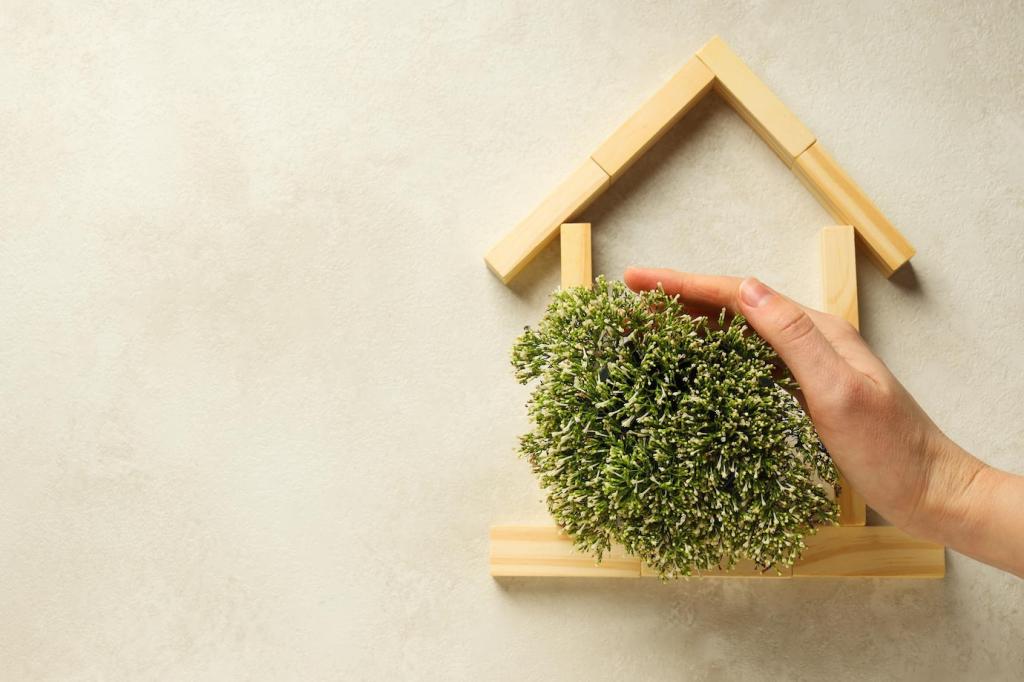
Non-Toxic Paint Options
Traditional paints emit volatile organic compounds (VOCs) that can be harmful to both human health and the environment. Alternatively, non-toxic and low-VOC paints provide vibrant colors without the hazardous off-gassing. Made with natural pigments and water-based binders, these eco-friendly paints minimize emissions and improve air quality. They are available in a variety of shades and finishes, ensuring you don’t compromise on design. By choosing non-toxic paint, homeowners protect their families and contribute to cleaner production processes in the paint industry.
Clay and Lime Plasters
Clay and lime plasters are ancient wall-finishing materials enjoying a modern resurgence due to their sustainable properties. Sourced from abundant earth materials, these plasters are biodegradable and require minimal processing. They naturally regulate humidity, absorbing excess moisture and releasing it in drier conditions, which helps prevent mold. Their earthy, tactile finishes bring warmth and texture to interiors. Unlike synthetic plasters, clay and lime do not emit harmful chemicals, supporting both health and ecological sustainability.

Sheep’s Wool Insulation
Sheep’s wool is a naturally renewable and biodegradable insulation material offering remarkable thermal and acoustic performance. It outperforms many synthetic insulations by absorbing and releasing moisture without losing its insulating capabilities. Wool also purifies indoor air by absorbing and neutralizing indoor air pollutants, such as formaldehyde. It is fire-retardant, safe to handle, and often sourced from sustainable farms, making it a wholesome option for eco-conscious renovations seeking to enhance both comfort and health.
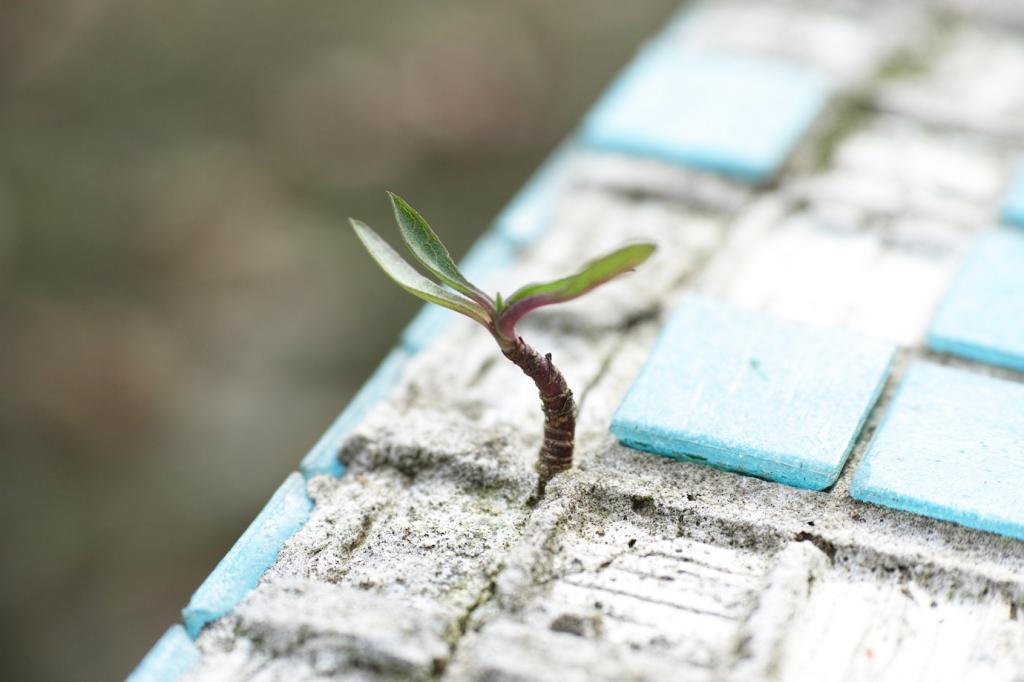
Cellulose Insulation
Cellulose insulation consists primarily of recycled paper fibers, most often old newspapers, treated for fire resistance. It is one of the most environmentally responsible insulation options, boasting a high recycled content and low embodied energy in production. Cellulose fills voids effectively and helps reduce air leaks, making homes more energy efficient. Its ability to be blown into walls and attics allows for easy upgrades to existing structures. Best of all, cellulose can be produced locally, reducing the carbon footprint associated with long-distance transport.

Cotton/Denim Insulation
Repurposed cotton, sourced mainly from recycled denim jeans, makes for insulation that is both effective and planet-friendly. This material is free from toxic chemicals and can be safely installed without protective gear. Its natural fibers trap heat efficiently and provide substantial sound dampening. Choosing cotton insulation keeps valuable textile waste out of landfills and supports the growing trend of circular manufacturing in the building sector. It is a testament to how everyday items can be reimagined as climate-friendly building solutions.
Natural Lighting Enhancements
Installing energy-efficient windows contributes significantly to sustainable renovation objectives. These windows utilize advanced glazing technologies and insulated frames to limit unwanted heat transfer and air leaks. Many are manufactured from recycled glass and responsibly sourced wood or composite frames, further reducing environmental impact. Energy-efficient windows improve thermal regulation, lower heating and cooling costs, and minimize the need for artificial lighting during the day. They also enhance the comfort and livability of interior spaces through better climate control.
Solar tubes and skylights offer ingenious ways to harness natural sunlight and infuse interiors with brightness without ramping up electricity usage. Solar tubes channel sunlight through reflective pipes into windowless or dim areas, reducing dependence on artificial lighting. Eco-friendly skylights feature high-performance glazing and durable, sustainable frames for minimal resource input and maximum light diffusion. Incorporating these elements into renovations brightens homes, supports circadian rhythms, and lowers overall energy demand.
Using natural, reflective materials indoors enhances daylight distribution for brighter, more energy-efficient rooms. High-quality paints with low-VOC finishes, recycled glass tiles, and light-toned, sustainable wood surfaces are prime examples. These materials bounce available light deeper into rooms, reducing the need for additional fixtures. When chosen thoughtfully, they also add visual interest and a distinctive ambiance. Reflective surfaces made from sustainable ingredients are a simple yet powerful way to increase eco-friendliness while maintaining sophisticated interior design.
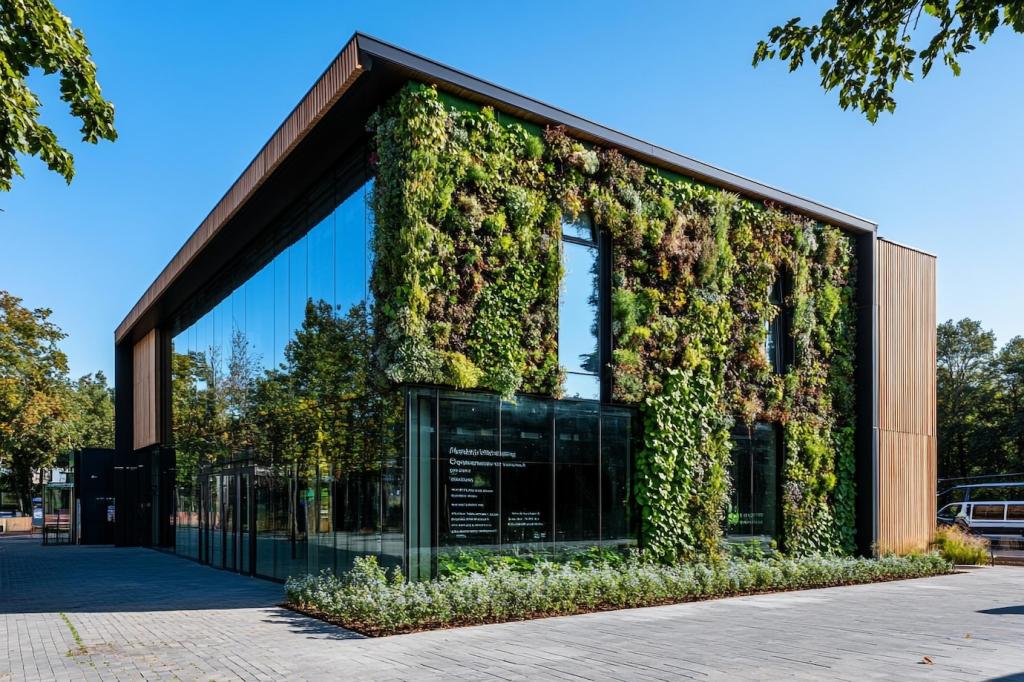
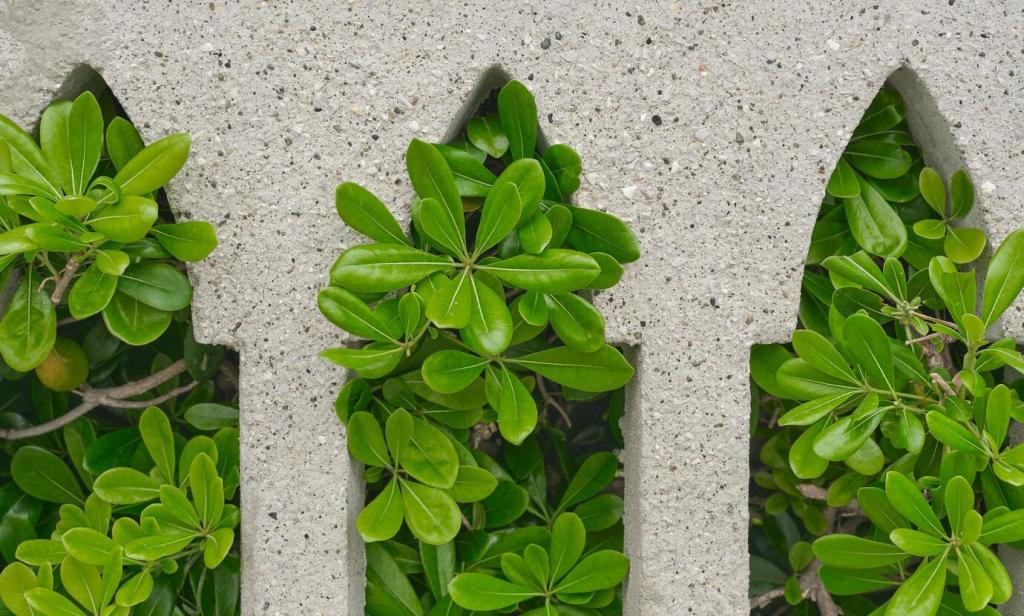
Water-Efficient Fixtures and Materials
Low-flow fixtures, such as toilets, faucets, and showerheads, dramatically reduce water consumption by regulating the flow without compromising functionality. Constructed from recycled or recyclable materials, many now feature sleek, modern designs to complement any decor. These fixtures are pivotal in drought-prone regions and help lower monthly utility bills. Using less water means energy savings as well, since less hot water needs to be heated. The result is a more sustainable, cost-effective household that meets the demands of modern, eco-aware lifestyles.
Recycled and Upcycled Fittings
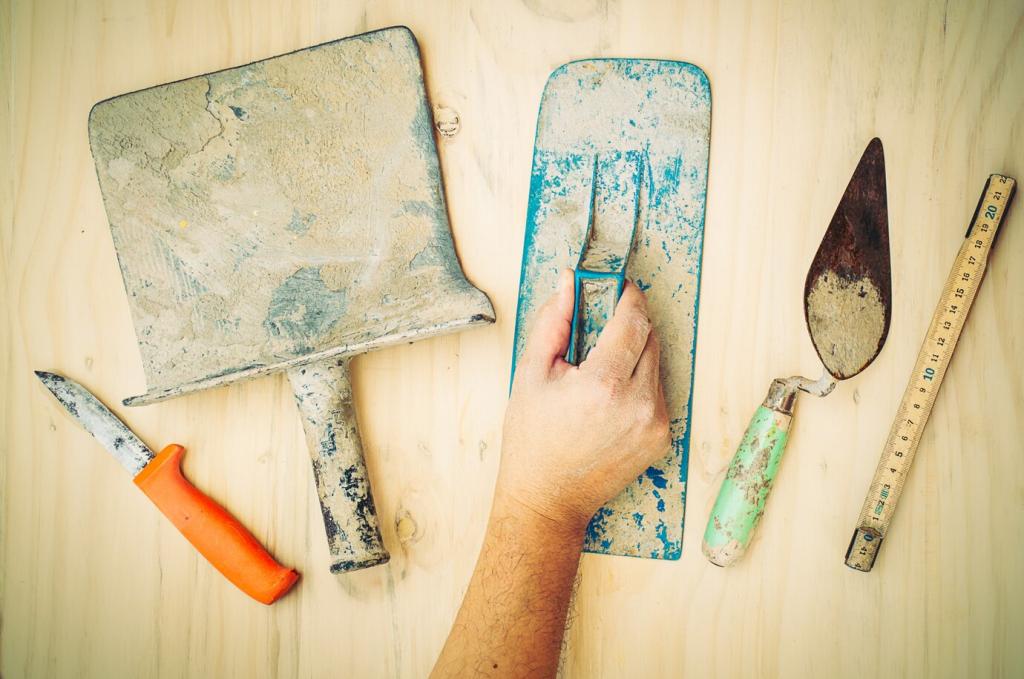
Salvaged Hardware
Antique doorknobs, handles, and light fixtures salvaged from other buildings provide character and prevent waste. These pieces are often constructed with superior materials and craftsmanship, ensuring long-lasting quality. Reusing hardware keeps manufacturing emissions low, reduces the need for new resource extraction, and can become a design focal point in renovated spaces. Upgraded finishes or simple restoration breathe new life into these items, making them both functional and decorative.
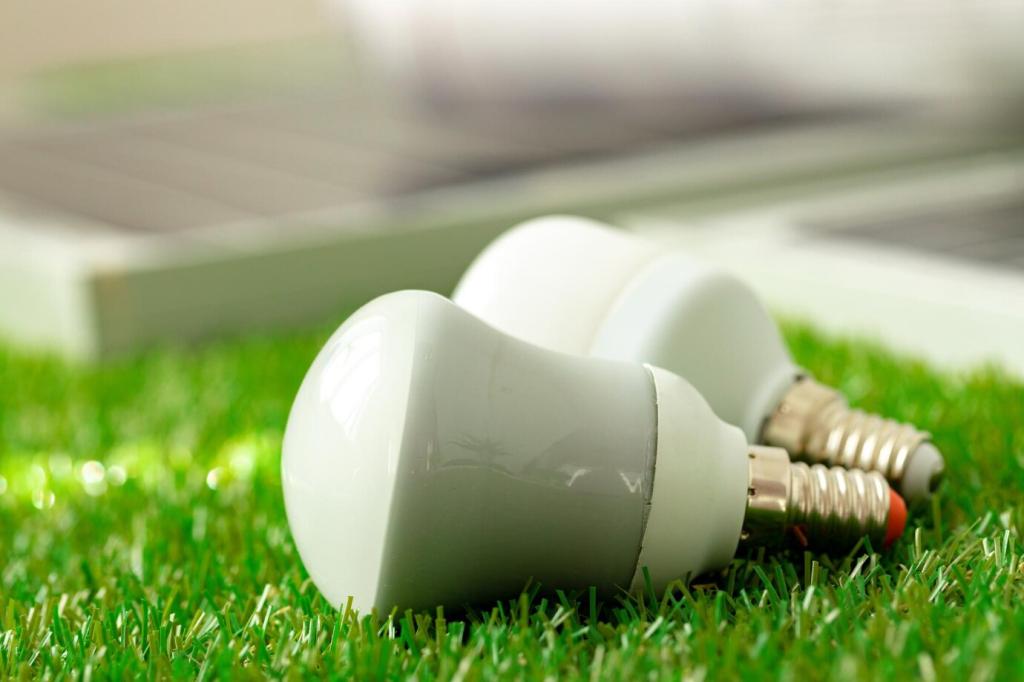
Upcycled Cabinetry
Upcycling existing cabinetry instead of discarding upgrades the environmental sustainability of a renovation project. Refinishing, repainting, or reorganizing layouts preserves construction resources, saves money, and avoids the carbon costs of new manufacturing. When new materials are needed, opting for doors or inserts made from reclaimed wood or recycled content continues the eco-friendly approach. Upcycled cabinetry can be tailored to custom storage solutions while contributing to a unique, storied look in kitchens, bathrooms, or mudrooms.

Repurposed Fixtures
Old bathtubs, sinks, and lighting can often be reimagined for new uses in modern renovations. A cast iron bathtub might become a garden planter or an outdoor seat; a vintage sink could serve as a quirky powder room centerpiece. Repurposing extends the life cycle of original elements and aligns with zero-waste principles. The ingenuity behind repurposed fixtures not only reduces renovation waste but also creates memorable, personalized living spaces with a conscience.
Outdoor Eco-Renovation Materials
Permeable Paving Solutions
Permeable paving mitigates stormwater runoff by allowing water to filter naturally through pathways and driveways. Unlike traditional impervious surfaces, these pavers help reduce local flooding, recharge groundwater, and prevent erosion. Made from recycled materials or porous natural aggregates, permeable paving can enhance curb appeal while supporting urban sustainability initiatives. Their design flexibility suits a variety of architectural styles, making them a practical, attractive choice for green renovations.
Recycled Composite Decking
Composite decking made from recycled plastics and wood fibers offers a resilient alternative to conventional timber. This material lasts for decades, resists weathering, and requires minimal maintenance, reducing the need for chemical sealants and constant replacement. Using composites diverts plastic from landfills and cuts back on deforestation pressures. Modern manufacturing techniques produce boards in numerous colors and finishes, ensuring that outdoor living spaces remain both visually appealing and environmentally sound.
Native Plant Landscaping
Incorporating native plants into landscaping designs reduces water use, supports local wildlife, and fosters ecological balance. Native species are adapted to local climate and soil conditions, needing less fertilizer and pesticide than exotic plants. By sourcing native plants from reputable nurseries, homeowners can establish low-maintenance, biodiverse gardens that attract pollinators and enrich the natural environment. Native landscaping not only looks beautiful but also reinforces the eco-friendly ethos of the entire renovation.
